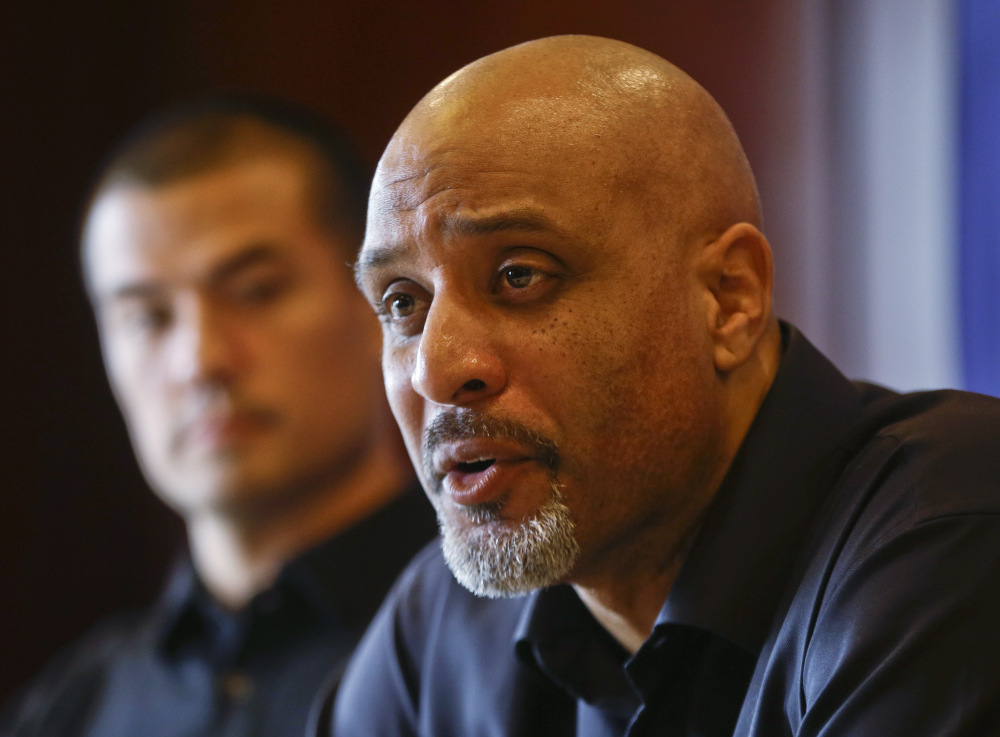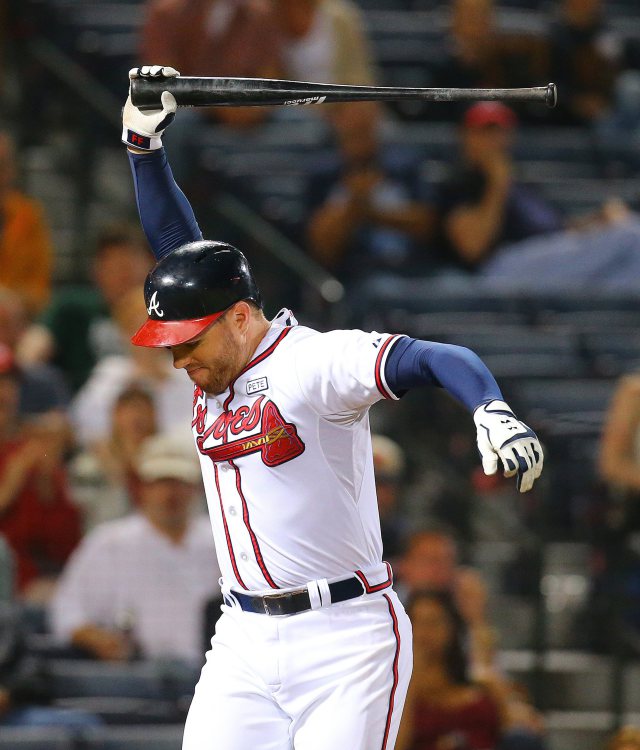
For years, many touted the MLB free agent class that would become available following the 2018 season as one that would break contract records and generate a tremendous amount of spending following the moribund post-2017 offseason.
That hasn’t turned out to be the case.
As recently as after the 2015 season, there were fourteen contracts that extended beyond three years and thirteen that were worth more than $50 million. As shown in the table below, the number and value of these contracts have declined each year, bottoming out after 2017 with just five contracts in excess of three years and eight contracts above $50 million in total value. In addition, the average age of the players receiving these contracts has decreased over the last few years, from a high of 31.35 years old in 2014 to just 30 years old for the current offseason.
| YEAR | >3 YEARS | $50M+ | AVG AGE |
| 2013 | 10 | 6 | 31.34 |
| 2014 | 13 | 9 | 31.35 |
| 2015 | 14 | 13 | 30.71 |
| 2016 | 9 | 9 | 30.85 |
| 2017 | 5 | 8 | 30.58 |
| 2018 | 3 | 3 | 30 |
So far, the 2018 class has produced just three contracts (Patrick Corbin, Nathan Eovaldi, A.J. Pollock) that go beyond three years and have a value beyond $50 million. There could be additional long-term contracts added as the offseason winds down with Bryce Harper, Manny Machado, Craig Kimbrel, and Dallas Keuchel still unsigned, but it’s obvious by now that this offseason will not be the boon many believed it would be.
WHY IS THIS HAPPENING?
There are stated reasons as to why this market failed to materialize: younger, forward-thinking general managers that have taken the place of old-school GMs, front offices that are using analytics to apply value to players differently than in the past, teams that do not want to pay players into their late thirties and early forties well after their positive value has been exhausted, teams that do not want to give up draft picks for signing players that were rejected qualifying offers, and teams that are not striving to be competitive in the coming season, such as the Orioles and Marlins, are reducing payroll since they won’t be winning anyway.
However, there is another reason this could be happening that has not been widely discussed.
Owners are thinking ahead…three years ahead, to be exact.
Three years refers to the current MLB Collective Bargaining Agreement (CBA), which expires at the end of the 2021 season. Due to the MLB Players Association’s (MLBPA) inability to properly focus its efforts during the last negotiation prior to the 2017 season, opting instead to pursue perks such as clubhouse chefs and extra seats on spring training bus rides, they will be heading into negotiations for the next CBA from a position of weakness. This lack of leverage will most likely lead to drawn-out, protracted negotiations with a work stoppage a very realistic possibility.
Currently, teams generally pay players at or near the league minimum ($555,000 in 2019) for their first three seasons. Once players have accrued enough service time, they enter salary arbitration for three or four years based on service time, where they can earn more than if they simply had their contracts renewed as in their first three seasons, but less than if they hit the open market. Once players amass six years of service time, they can become free agents and be paid commensurate to their true market value.
Although MLB attendance is down slightly because of cold and inclement weather and competitive issues, overall revenues are up due to television and media rights contracts. MLB revenue now exceeds $10 billion per season and has increased for sixteen years in a row. Meanwhile, teams spent just $4.5 billion on player wages in 2018, which was down more than $100 million from 2017. Players, agents and the MLBPA have taken notice of these trends and are preparing for war following the 2021 season.
WHAT HAPPENS NOW?
Meanwhile, MLB teams have been preparing for war as well. Owners realize that they’re not going to get out of the next round of negotiations unscathed. They have to know that the current system will be changed in some form, whether it be an increase in the MLB minimum salary (some have suggested a $1 million minimum), allowing players to reach arbitration earlier, and/or allowing players to reach free agency after fewer years of service. They could also be subjected to new rules such as a salary floor for teams or having a set percentage of revenue going to players.
Any of these scenarios will result in increased expenditures to the owners, so they are beginning their preparations now. If they’re going to have to pay players more in their early years and also to those hitting free agency before their thirties, they certainly don’t want to also be paying players in their mid-to-late-thirties on long-term deals at the same time. Hence, there is an overall reduction in the number of these contracts being signed in the present day and going forward as well, new CBA or no.
Many teams, with large-market teams mostly being exceptions, have very little money committed to payroll beyond 2021. As of this writing, the Marlins and Twins have ZERO dollars committed beyond the conclusion of the current CBA. Seven others (Royals, Pirates, Braves, Blue Jays, Diamondbacks, Athletics, White Sox) each have fewer than $10 million in committed contracts.
On the upper end, the New York Yankees have $179 million in commitments beyond 2021, all to Giancarlo Stanton, who is on contract through 2027 and accounts for over 16% of the money due to ALL players beyond 2021. The Washington Nationals rank second with $98 million in payroll beyond 2021 due to Stephen Strasburg and Patrick Corbin, not even counting deferred money due to Max Scherzer and others. Surprisingly, the Cincinnati Reds rank third on the list due to Joey Votto, Sonny Gray, Eugenio Suarez and Tucker Barnhart. Shockingly, the big-spending Los Angeles Dodgers have only about $21 million committed to Kenta Maeda and A.J. Pollock.
A significant amount of money is also due to players that were signed prior to the conclusion of the last CBA: Miguel Cabrera, Jason Heyward and Robinson Cano (through 2023).
Based on the results we have seen from the last two seasons of the free-agent market and with two more offseasons until the current CBA expires, the long-term contract situation for the players could get much worse before it gets better as the owners work to keep their books as clean as possible in anticipation of a new Collective Bargaining Agreement.




Leave a Reply